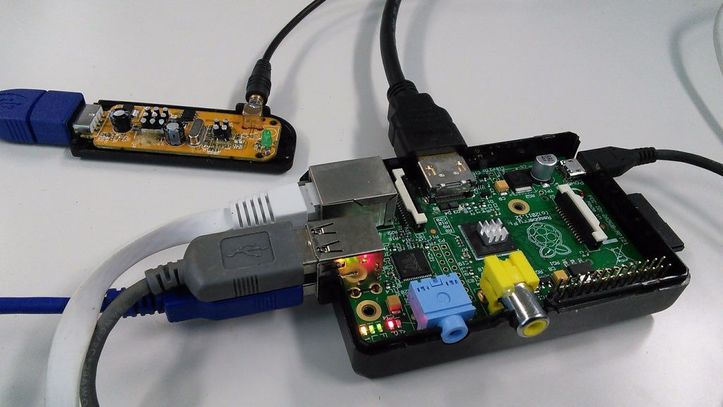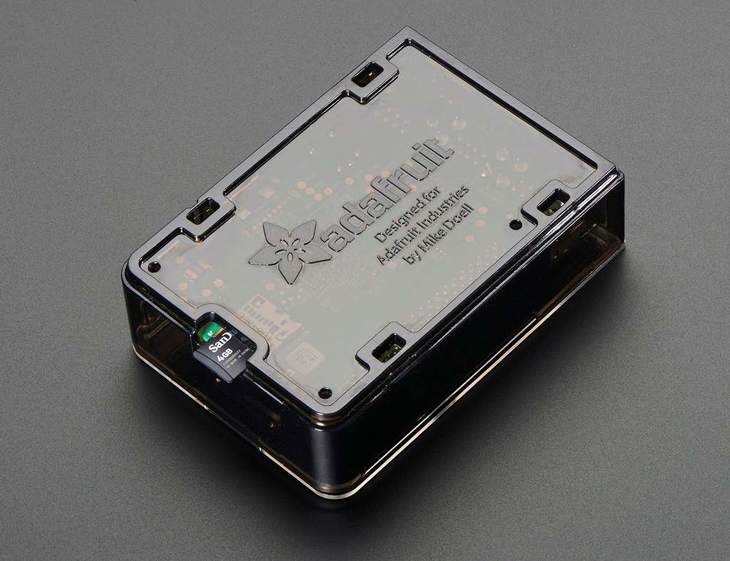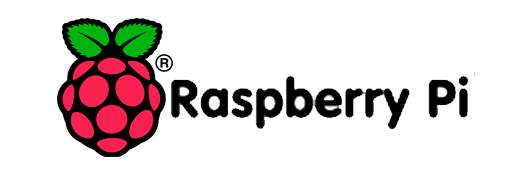What Is Raspberry Pi Project?
Table of Contents
The Raspberry Pi is a series of the single-board, low-cost, high-performance computer first developed in the UK by the Raspberry Pi Foundation. The Raspberry Pi 3 is the sixth and latest iteration to be released in the series and it just keeps getting better.
Rasberry Pi 3
Raspberry Pi 3 was released in early 2016 and with some upgrades and improvements making it more fun to fiddle and tinker with. The first-gen Raspberry Pi was released in 2013. Raspberry Pi is a cheap computer aimed at teaching kids the basics of coding and hobbyists as well as who would want a PC dedicated to one or a few simple tasks. And all this goodness for just $35.
So wanna get a Raspberry Pi? Let us look at a quick review of the kind of stuff to expect.
History

The latest iteration, Raspberry Pi 3 (6th gen) was released in February 2016. Design-wise, the new Raspberry Pi 3 does not look too different from the 5th gen Raspberry Pi 2 which was released in February 2015. You have to look very closely to identify the little difference between the two. They both follow the form factor of the 3rd gen Raspberry Pi Model B+ which came out in 2014. The 4th gen Raspberry Pi Zero was also released in 2014 with a smaller size with a few missing features. The very first Raspberry Pi Model B was released in February 2012 and followed shortly by the Model A. They are all about the size of a credit card.
Hardware

The latest iteration, Raspberry Pi 3 was released in February 2016 with inbuilt wireless support for the first time. It comes with a BCM43438 wireless chip that provides 802.11b/g/n WiFi and Bluetooth 4.1 out of the box. There is also a processor upgrade to a 64 bit 1.2GHz BCM2837 SoC based on a quad-core Cortex-A53 Broadcom processor with 1GB RAM of memory.
The system also comes with a Broadcom VideoCore IV GPU which is capable of supporting resolutions up to 1920×1200. There is a MicroSD slot, ethernet, HDMI, and a 4 x USB 2.0 ports. There is also an audio/video jack, a micro USB power cord, and a DSI connector. The Raspberry Pi 2 had no in-built wifi and the CPU was clocked at 900MHz. The five-dollar Pi Zero lacks the ethernet and USB hub components and runs at 1GHz.
Starting Up

You may purchase your Raspberry Pi 3 with a pre-loaded memory card which will come with a pre-installed OS, but you’re definitely going to enjoy setting it up on your own. You will need to download your OS of choice on another PC before writing it to a microSD card (8gb or more recommended and you’ll need an adapter also). You will need a microUSB charger to supply power, as well as USB mouse and keyboard. You will also need an HDMI compatible display.
As I said, if you don’t want the hassle, you can get your Pi with a pre-loaded memory card with a little more to pay that will let you get up and running out of the box.
Software

Raspbian is the official supported Operating System for the Raspberry Pi. You can download it from here. You may also download NOOBS, which is a one-download installer that allows you to choose amongst all the available operating systems for download and installation. Talking of operating systems, there are currently 8 other third-party operating system images available for download on the Raspberry Pi website albeit there are many others in the wild.
Raspbian aside, you can also install Snappy Ubuntu Core, Windows 10 IOT core, OSMC, LIBREELEC, PINET, RISC OS, Weather Station, and Ubuntu MATE. I recommend going with the official Raspbian since it has been optimized for the system. If you install Raspbian, you’re gonna be provided with some handy applications such as LibreOffice suite, Minecraft, Epiphany Web browser, and some handy tools to get you started with coding. Scratch, for example, is a very useful coding tool. It is a visual programming language that can get you building programs and games within a short time even for the beginner with little or no coding experience.
Conclusion
Since the first Raspberry Pi was released, there has been some significant upgrade in the hardware and the community is only growing. Now, there are more products that allow you to tweak or improve the capabilities of the Pi. There is the Raspberry Pi Touch display, cameras, and many more HATs (Hardware Attached on Top) providing a wide range of applications and possibilities that allow so much to be accomplished with such limited hardware.
There are quite a number of specialized Raspberry Pi packs also available for young engineers and experts.Also, there are quite a few alternatives to the Raspberry Pi that are also pushing the limits of these barebone PCs. There is the PINE 64 which comes with a 1.2GHz 64bit quad-core ARM A53 and 512MB RAM for just $15 or a 2GB RAM upgrade for $29. Others such as the Arduino Uno, Banana Pi, and the Odroid-(C1+, C2, and XU4) are also available for about the same price as the Raspberry Pi but the overall package offered by the Pi remains the differentiation factor.
The Raspberry Pi is there for all of your tinkerings. You can set it up as a computer, a super-easy email and Web-browsing machine, the core of a weather station, or as the instrument of teaching in the classroom in the teaching and learning of computer science and programming. There are a lot of ideas, inspirations, and projects that can be found from the Raspberry Pi website.
LinuxAndUbuntu Newsletter
Join the newsletter to receive the latest updates in your inbox.



